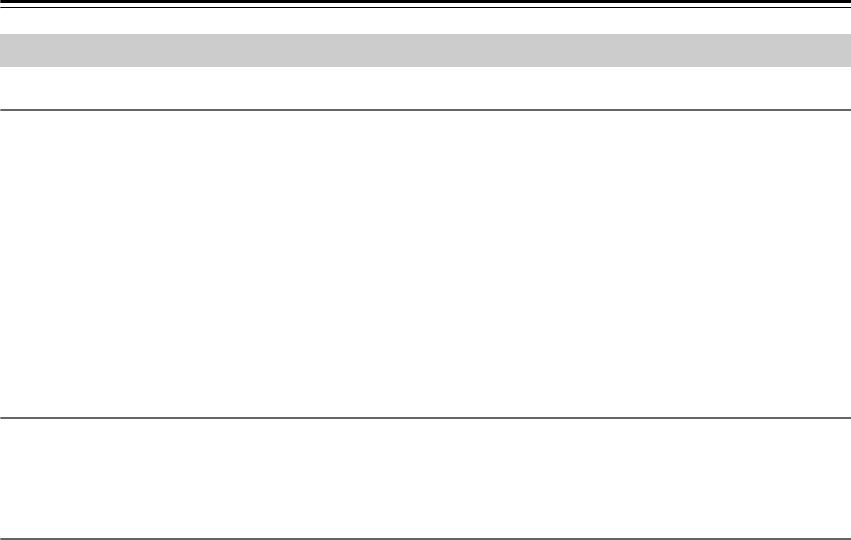
8
What You Can Do with the CD/HDD Receiver—Continued
The HDD is very sensitive to physical shock, vibration, and dust.
The CD/HDD receiver is designed to protect the data safely from physical shock, vibration, and dust. However, pay
particular attention to the following points to prevent the recorded data from being lost.
• Do not apply physical shock.
• Do not move the CD/HDD receiver with power cord plugged.
• Do not use the CD/HDD receiver in vibratory or unstable place.
• Do not unplug or move the CD/HDD receiver during recording or playback.
• Do not attempt to replace the HDD or to add another one by yourself. A failure may occur.
• Do not install the CD/HDD receiver in a dusty place.
• Do not block any ventilation openings on the CD/HDD receiver. Heat may be built up, causing a failure.
• Do not use in a place with rapid temperature change (a change over 10°C per hour).
When there is the possibility of moisture condensation occurring, Onkyo recommend that you wait for approx.
one hour after turning the power on before using the CD/HDD receiver.
Advice on data backup
The HDD may fail even in normal use, for example, a sudden data loss or failure caused by electrical service interrup-
tion. If the HDD fails for some reason, the data cannot be restored. Onkyo recommend that you backup the data stored
in the CD/HDD receiver to your personal computer or commercially available USB hard disk drive periodically.
When getting repaired
When the HDD gets repaired, the data in the HDD of the CD/HDD receiver, including music data, setting data, cannot
sometimes be reproduced. Before it gets repaired, note down the setting details preset in the CD/HDD receiver on paper.
Also be sure to backup the data stored in the CD/HDD receiver. Please note that Onkyo will not be responsible for
anything if the data should be erased or changed during the repair and normal use.
Handling the Hard Disk Drive (HDD)


















